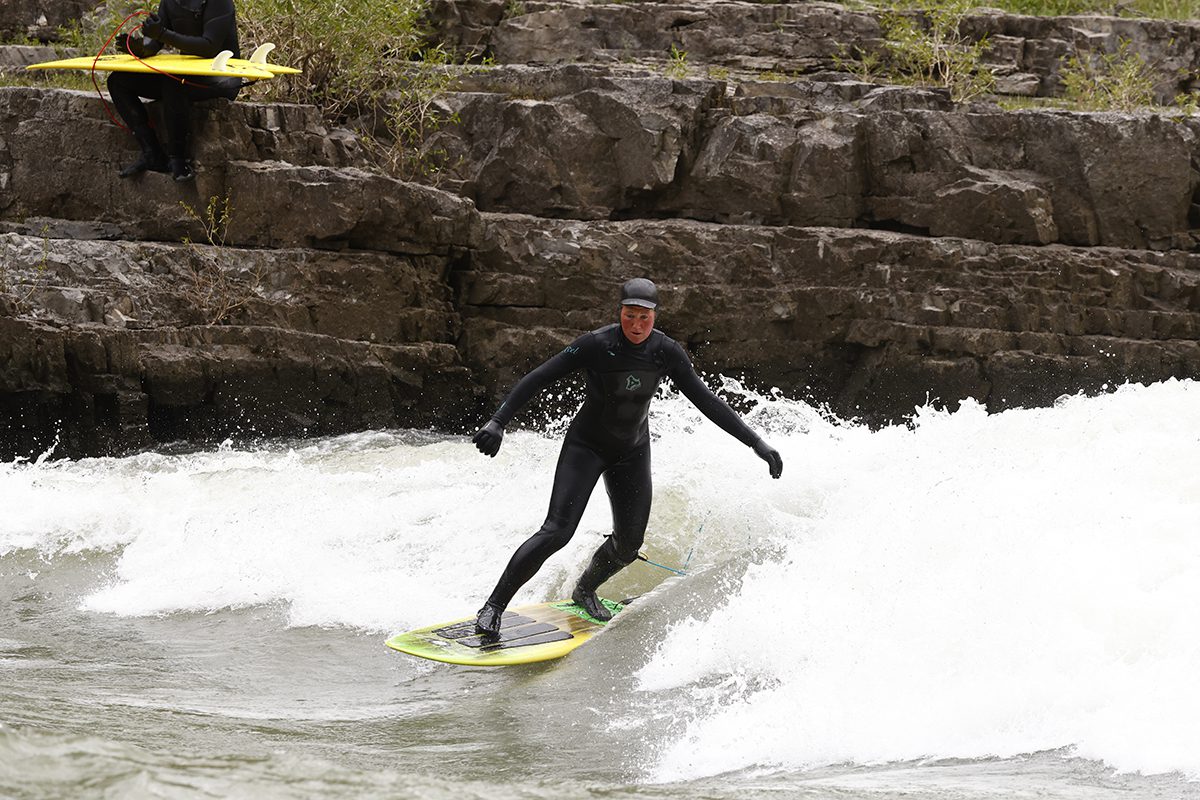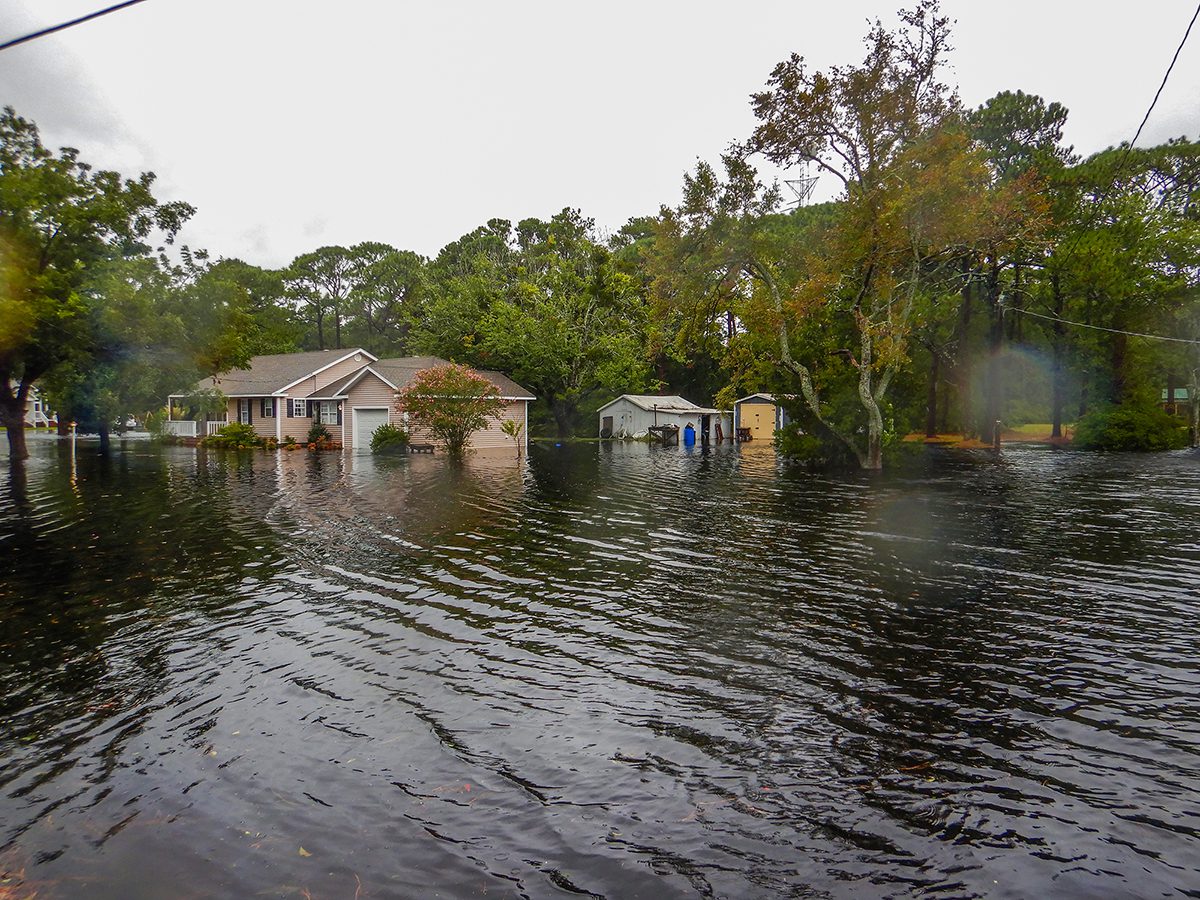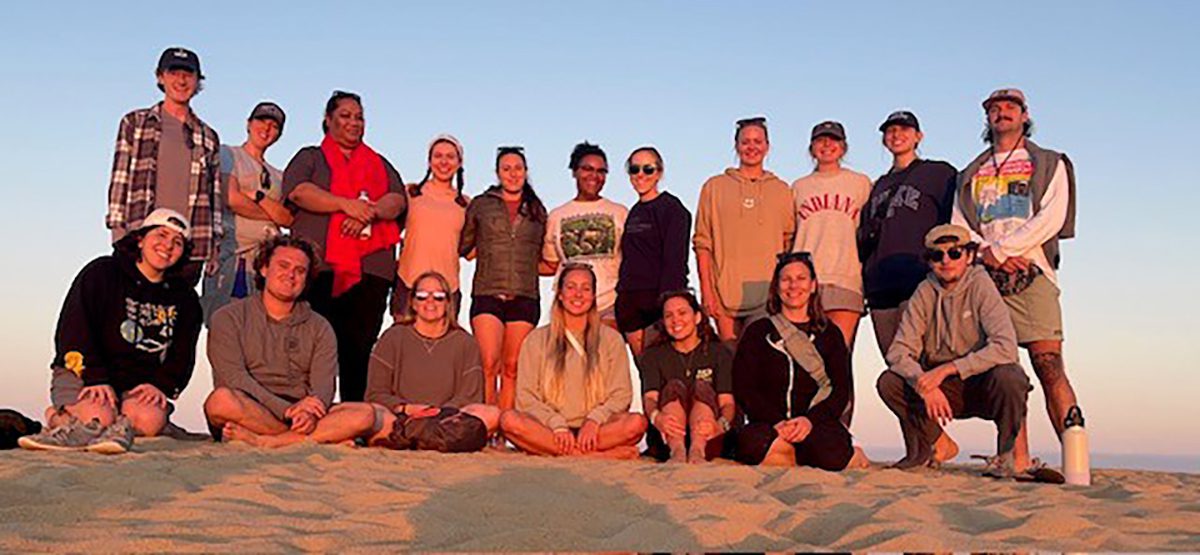
Bob Dillard’s mind is imprinted with memories of summer days dropping fish-head-baited lines to catch what would usually yield a basketful of blue crabs in Topsail Sound.
“In a matter of 45 minutes, no more than an hour, probably less, you’d fill up the basket with nice crabs,” he said.
Sponsor Spotlight
The little, soundside cinderblock house his grandparents owned at the south end of Topsail Island has long been gone — torn down and replaced by a much larger, modern beach house.
But Dillard, 76 and a resident of Bolivia in Brunswick County, returns to Topsail Beach each year, renting a house for one week to spend with his children and grandchildren and to fish for blue crabs.
Last month, he rented a house on the sound, a spot perfect for taking a crab pot, he thought.
“I baited it every day and all I caught was fish,” Dillard said. “What I was seeing this year was you were just waiting around and you don’t see any crabs.”
Sponsor Spotlight
He managed to catch two stone crabs that week. Not a blue crab in sight.
Not surprising considering that commercial harvests of blue crab in North Carolina have been on a downward trajectory for more than 25 years.
The commercial harvest of blue crabs steadily rose for nearly 10 years, hitting a peak record harvest of 67,080,200 pounds in 1996, according to Robert Corbett, North Carolina Division of Marine Fisheries biologist and species lead for blue crabs.
“Since then (for the most part) we have seen a steady decline in recorded harvest,” Corbett said in an email. “In 2022 harvest reached an all-time low of 9,531,991 (pounds). Commercial blue crab landings have been below the stock assessment years’ average since 2003.”
The 2022 harvest was 26% lower than 2021 and 73% lower than the 36-year average, he said.
The North Carolina Marine Fisheries Commission adopted a fisheries management plan for blue crabs in 1998. Blue crab was the first species to obtain a management plan, Corbett said, because they are considered one of the state’s largest and most valuable commercial fisheries.
The plan was created under the North Carolina Fisheries Reform Act of 1997, which requires the state fisheries division to prepare management plans for commercially or recreationally significant species and those that comprise state marine or estuarine resources.
Management plans are reviewed every five years, giving division officials the opportunity to make amendments when they believe changes are in order.
Those changes and additions, including conflict resolution between gears and the implementation of size limits, address ways to improve stock.
According to a 2018 stock assessment, blue crabs are an overfished species.
But that’s not the sole reason they’re not found in abundance as they once were, and the issue is not isolated to North Carolina’s coast.
Corbett said many Atlantic Coast states, including Virginia, Maryland and Florida’s east coast, are recording declining landings of blue crabs.
“The more drastic declines are noticeable in states with the highest harvest rates,” he said.
He noted that in 2021 Maryland reported a mere 11.1 million pounds landed, the lowest reported year of landings since 2000, according to the Atlantic Coastal Cooperative Statistic Program. That’s millions less than the record high in 2010 of 66.3 million pounds landed.
Keith Bruno, owner of Endurance Seafood in Oriental, said a good amount of commercial blue crab catch gets shipped to Maryland, where buyers are willing to pay top dollar.
“As fishermen, we’re used to stocks waxing and waning, you know – one good year, better the next, great the next, and then it starts to kind of go the other way,” he told Coastal Review in a telephone interview. “Right now, this has been probably the worst blue crab season that I have experienced here in 20 years of fishing. And, in talking with some of the older guys who have been doing this since the inception of crab pots, they certainly have not seen crabbing this bad.”
This year, Gulf Coast states Mississippi and Louisiana, which are having a banner year in blue crab commercial catch, are cornering the market in sales to Maryland, Bruno said.
“They have had an absolutely fantastic year, so they’re sending up a lot of crab to Maryland this year,” he said. “So, of course what that does is reduce the price because the only way to move a larger volume of anything is to make the price cheaper. Between the reduced cash and the mediocre price, we’ve actually seen some of the crab harvesters go out of business this year.”
As for the cause of the decline, Bruno said there is no smoking gun.
Some people point toward water quality. That could certainly play a role, he said.
“There are big areas in the (Neuse) river without any oxygen at all,” Bruno said. “Some of the other species seem very strong, like the red drum. They are fast and can move out other river system at-will. They like to eat crabs. I’m sure it’s a culmination of a lot of different things.”
Corbett said that blue crabs rely on adequate and sufficient habitat throughout their life cycle stages.
“Loss or degradation of spawning, nursery, and molting areas and reduced deep-water habitat and crowding in shallow habitats due to low dissolved oxygen levels may have long-term impacts on crab populations,” he said.
Short-term disturbances to habitat, such as trawling and dredging, may have significant impacts, but those affects are hard to measure, Corbett said.
The state fisheries division is conducting an updated blue crab stock assessment and, once the assessment is complete, present its findings to the fisheries commission.
“Once the blue crab stock assessment update is complete, staff will use the results to guide adaptive management considerations that maintain/restore the blue crab spawning stock long-term,” Corbett said.
Bruno said he doesn’t believe there’s much the state can do.
“Things ebb and flow, and hopefully the crab is cycling down right now and will hopefully cycle right back up,” he said.







